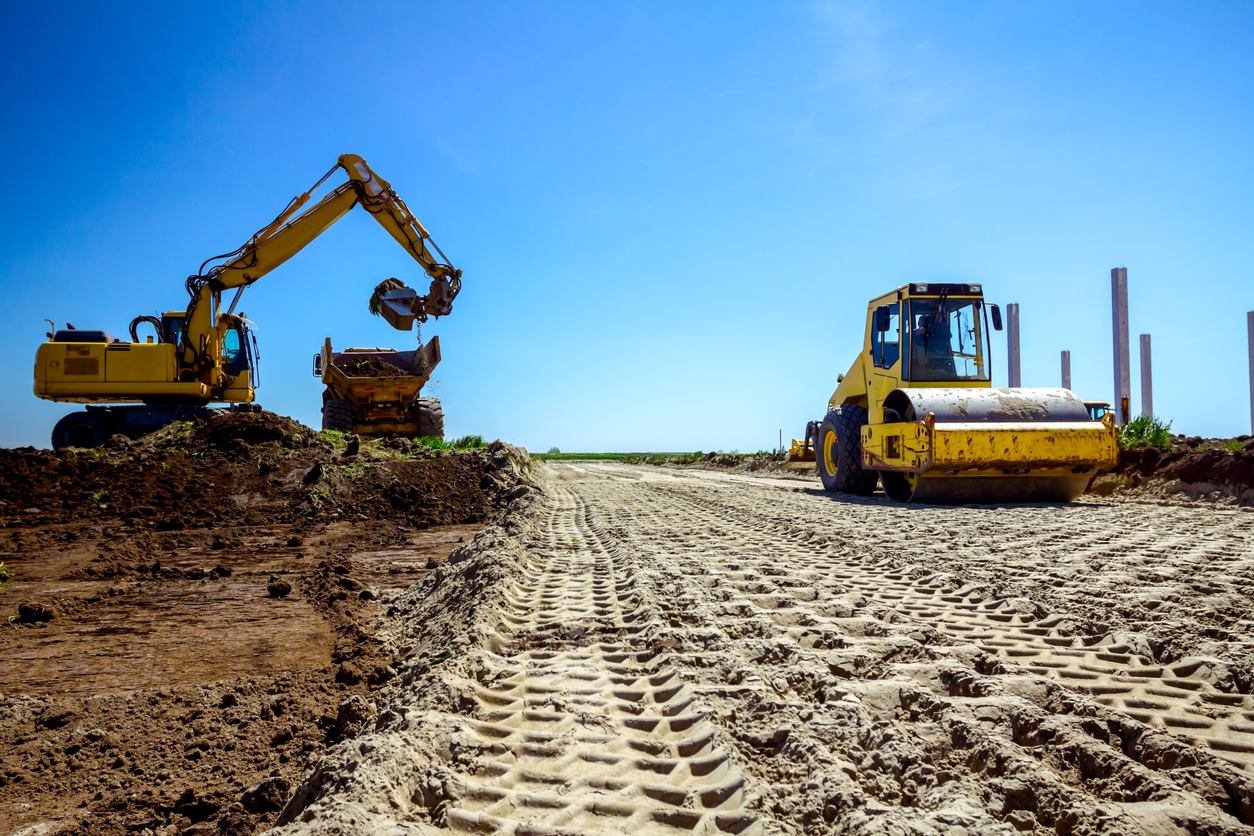Scissor Lift Rental: Safe and Effective Solutions
Wiki Article
Renting Out Vs. Acquiring Building And Construction Devices: Making the Right Selection for Your Project
When beginning on a building and construction job, among the crucial choices that predict managers and stakeholders encounter is whether to lease or acquire building tools. Both choices have their drawbacks and benefits, making the selection a crucial one in the task preparation process. The decision rests on numerous variables such as expense considerations, task period, tools maintenance, versatility, risk, and scalability management. Each aspect plays a crucial duty in establishing the most ideal course for the task's devices demands. construction equipment rentals. Allow's explore these variables even more to comprehend how they influence the decision-making process and eventually the success of the project.Expense Factors To Consider
Renting out equipment usually requires lower initial payments contrasted to buying, making it an eye-catching option for short-term tasks or professionals with budget constraints. In the lengthy run, continuously renting devices can build up greater expenses than buying, specifically for extended jobs.On the other hand, getting building and construction devices entails higher upfront prices however can cause long-term savings, specifically for lasting tasks or constant customers. Possessing equipment offers adaptability, ease, and the capacity for resale value once the job is finished. Additionally, possessing tools allows for customization and knowledge with certain equipment, possibly enhancing effectiveness and performance on-site. Ultimately, the decision in between purchasing and leasing construction tools hinges on the task's duration, regularity of use, budget considerations, and lasting monetary goals.
Project Duration

On the other hand, for lasting jobs or ongoing building and construction job, acquiring tools can be the much more economical alternative. Acquiring equipment can result in cost financial savings in the long run, especially if the devices will certainly be often utilized. Furthermore, having tools provides a sense of control over its availability and enables personalization to fit certain task needs.

Devices Upkeep
Given the important duty job period plays in determining one of the most cost-efficient approach in between acquiring and renting out building and construction tools, the emphasis now shifts in the direction of taking a look at the essential facet of equipment upkeep. Correct maintenance is critical for making sure the ideal performance and long life of building and construction equipment. Renting equipment usually includes the advantage of having well-maintained equipment provided by the rental firm. This can ease the concern of maintenance jobs from the job owner or service provider, conserving effort and time. On the various other hand, possessing equipment calls for a proactive approach to upkeep to avoid break downs, ensure security, and extend the tools's life-span. Routine examinations, servicing, and prompt repair services are necessary to keep owned equipment in top functioning condition. Consider upkeep expenses when choosing between renting out and acquiring, as neglecting upkeep can bring about pricey repair work, downtime, and task hold-ups. Inevitably, a properly maintained building and construction tools fleet, whether leased or possessed, is crucial for the successful and effective conclusion of construction projects.Versatility and Scalability
In the realm of construction tools management, the element of check this flexibility and scalability holds significant significance for project efficiency and resource usage. Deciding to rent building devices supplies a high level of versatility as it enables the quick adjustment of devices types and quantities based upon the advancing demands of a job. Renting allows professionals to access a large range of specialized devices that may be required for details jobs without the long-lasting commitment of possession. This versatility is especially beneficial for jobs with varying requirements or unclear periods (rental company near me).Renting out construction equipment offers the benefit of easily scaling procedures up or down as job demands fluctuate. Professionals can swiftly exchange or add equipment to match the job's altering needs without the restrictions of having possessions that might become underutilized or obsolete.
Threat Monitoring
Efficient threat monitoring in construction devices operations is extremely important to ensuring project success and useful reference mitigating potential financial losses. Building tasks inherently entail different risks, such as tools break downs, accidents, and task delays, which can considerably affect the job timeline and spending plan. By thoroughly taking into consideration the risks associated with owning or renting building and construction equipment, task managers can make informed decisions to minimize these possible threats.Renting out building equipment can provide a degree of risk mitigation by moving the obligation of upkeep and repair work to the rental firm. This can decrease the financial concern on the project owner in situation of unanticipated devices failings (mini excavator rental). Additionally, renting out supplies the adaptability to access specialized devices for specific project phases, reducing the risk of possessing underutilized machinery
On the other hand, owning building equipment supplies a feeling of control over its use and maintenance. However, this additionally suggests birthing the full obligation for fixings, maintenance costs, and devaluation, enhancing the monetary threats related to equipment possession. Cautious risk evaluation and consideration of aspects such as task period, devices application, and maintenance requirements are essential in establishing the most suitable choice for efficient danger management in building tasks.
Conclusion
Finally, when choosing between buying and leasing building devices, it is very important to take into consideration cost, task duration, equipment maintenance, scalability, versatility, and threat management. Each variable plays a vital duty in identifying one of the most ideal choice for the job handy. By thoroughly assessing these elements, task supervisors can make an enlightened decision that lines up with their budget plan, timeline, and general project you could check here goals.
Report this wiki page